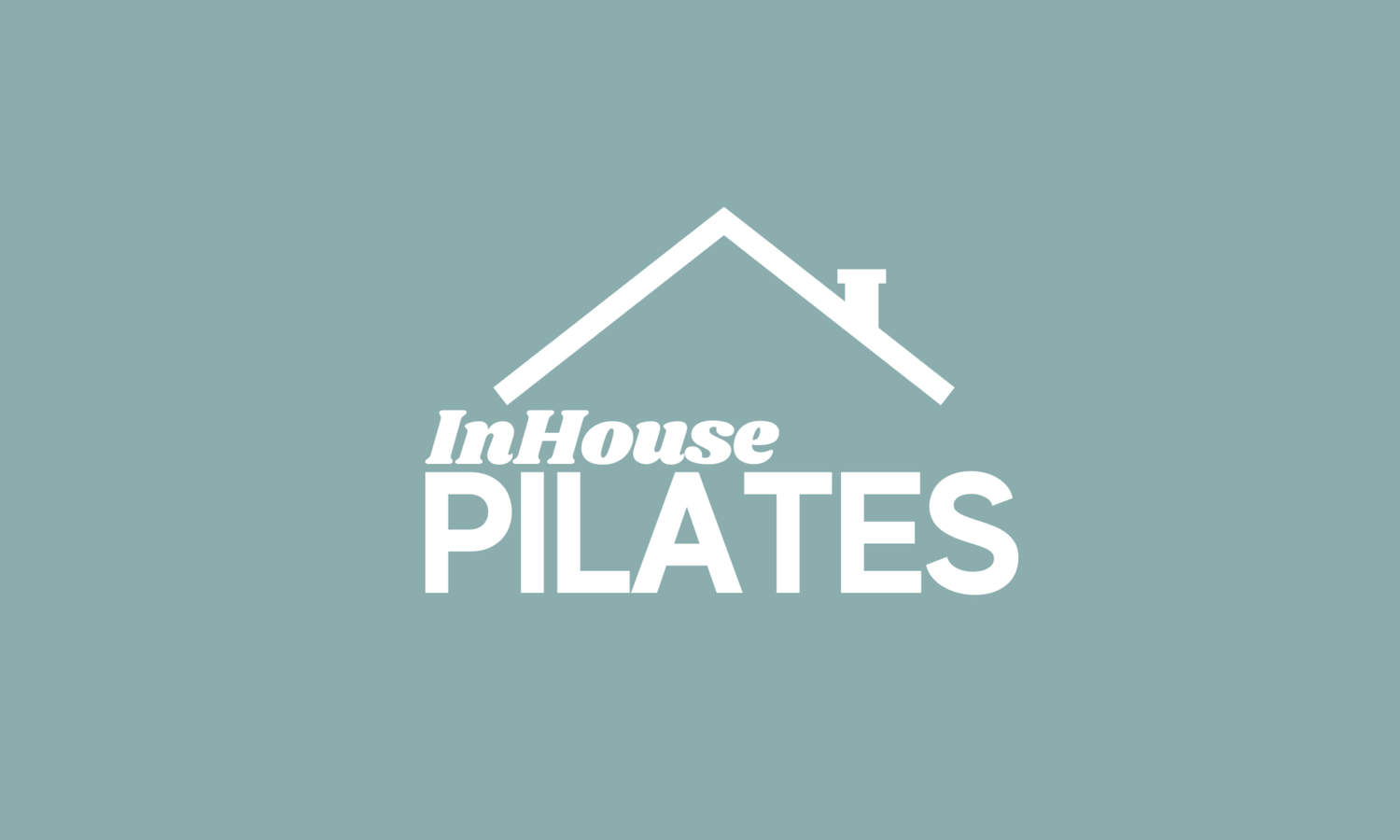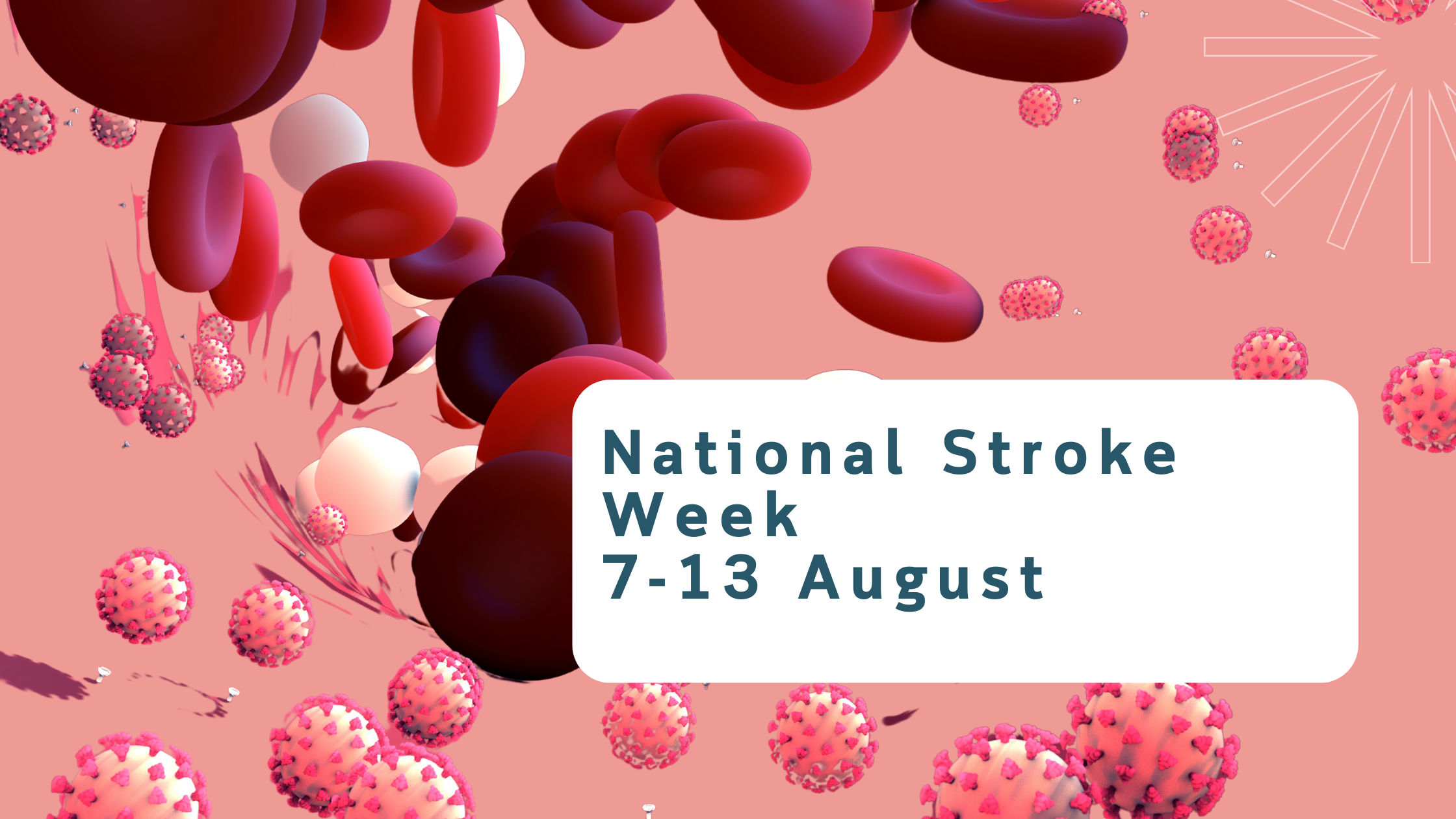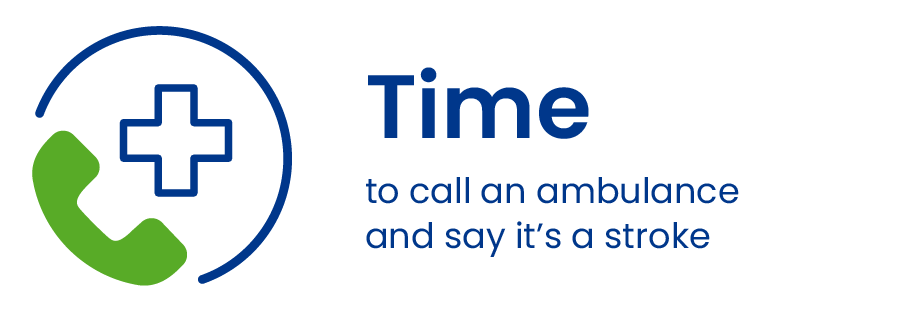World Stroke Day
The World Stroke Organisation (WHO) has stated that -
‘Globally 1 in 4 adults over the age of 25 will have a stroke in their lifetime. 12.2 million people worldwide will have their first stroke this year and 6.5 million will die as a result. Over 110 million people in the world have experienced a stroke’.
Furthermore, the WSO states that the
“incidence of stroke increases significantly with age,
however, over 60% of strokes happen to people under the age of 70 and
16% happen to those under the age of 50”.
What is a stroke?
Strokes are often caused by a burst blood vessel that causes blood to leak into the brain or by a clot in an artery that supplies blood to the brain.
When this happens, the blood supply to that part of the brain is cut off, starving the brain of oxygen, which then caused the brain cells in that part of the brain to die.
Strokes can leave a survivor with severe complications like:
Paralysis
Difficulty with speech,
Difficulty swallowing
Comprehension,
Memory loss
Mobility
Often these complications could lead to depression and withdrawal from others.
The risk factors for a stroke are:
Gender
Men are at a higher risk than women
Being physically inactive
Overconsumption of alcohol
Diabetes
Smoking
High Blood pressure
High cholesterol
Family history of stroke
Cardiovascular disease
Age
High blood pressure
Eating an unhealthy diet
Being overweight
Being stressed
What you CAN do to prevent a stroke
Make healthy food choices
Eat foods that are low in saturated fats, trans fats, cholesterol, salt and added sugars.
Maintain a healthy weight
Be physically active
Do at least 30 minutes of exercise daily. Include at least 2-3 resistance and balance training exercises weekly.
Limit alcohol use
Stop smoking
Take your prescribed medication (if any)
What signs to look for in a stroke
Recognising the signs when someone is having a stroke, and getting immediate medical makes the difference between survival and recovery. Think F.A.S.T.
Think F.A.S.T when you or someone you know is having a stroke. Call 000 immediately. As it’s the difference between surviving and recovering
Facial drooping to one side or feeling numb.
Arm weakness on one side - ask the person to lift both arms. Is one arm weaker than the other? Does one arm drift downwards?
Speech difficulty e.g., slurring words or not making sense - ask the person to repeat a simple sentence like “the sky is blue”
Time to call for an ambulance or get them to a hospital immediately even if the symptoms go away.
Other symptoms are:
Vision loss through one or both eyes
Loss of balance
Feeling dizzy
Intense headache
Trouble walking
There are two main kinds of stroke; Ischemic and haemorrhagic.
There are two types of Ischaemic strokes:
Embolic stroke
Thrombotic (or thrombolytic) stroke
1. An embolic stroke
This happens when the blood clot develops somewhere else in the body, (often the heart), ‘travels through the bloodstream, and then blocks a blood vessel that supplies your brain.
2. A thrombotic (or thrombolytic) stroke
‘Occurs when your brain's blood supply is blocked because plaque (accumulated cholesterol, fat or calcium in the blood) builds up in your artery walls’.
Haemorrhagic strokes mainly result from long-term high blood pressure bursting a blood vessel wall, but can also be caused by a cerebral aneurysm (a weak spot in an artery wall that bursts from sudden pressure or trauma).
Ischaemic strokes
‘Blood vessels can also be blocked by a blood clot that has formed in another part of the body, usually the heart or large arteries of the upper chest and neck. Sometimes a portion of a blood clot breaks loose, enters the bloodstream and travels through the brain's blood vessels until it reaches vessels too small to let it pass. This is called a cerebral embolism. The main cause of this kind of clot is an irregular heartbeat, known as atrial fibrillation (AF).
Haemorrhagic strokes
There are 3 types of haemorrhagic strokes:
Transient Ischemic Attack (TIA or mini-stroke)
1. Transient Ischemic Attack (TIA or mini-stroke)
‘A TIA is caused by a temporary disruption in the blood supply to an area of the brain. A TIA ‘causes stroke-like symptoms for a few minutes and disappears within 24 hours. It’s caused by a temporary blockage to your brain’s blood supply and means you have a higher chance of experiencing a stroke.
The risk factors for TIA are similar to those for stroke and similar to a stroke, TIAs also contribute to an increased longer-term risk of dementia’.
2. Aneurysm
‘An aneurysm is a ballooning of a weakened region of a blood vessel. If left untreated, the aneurysm continues to weaken until it ruptures and bleeds into the brain.’
3. Arteriovenous Malformation (AVM)
An AVM is a cluster of abnormally formed blood vessels. Any one of these vessels can rupture, also causing bleeding into the brain.
How a stroke is diagnosed:
Your doctor or medical professional will do tests to determine if what you experience was a stroke or some other type of medical condition.
These tests could include:
Blood tests to rule out other medical conditions
A CT scan
An angiogram or an ultrasound ‘to pinpoint a potential blood clot and assess blood flow.
An MRI scan ‘to check for unusual heart rhythms.’
An ECG
If you have had a stroke, then they would need to determine what type and where the stroke occurred.
Once that is done, they will then decide on the best treatment.
Treatment for strokes
The treatment depends on the cause, ‘but generally involves both immediate and long-term measures’.
‘Immediate stroke treatment
For ischaemic strokes, the clot needs to be dissolved using medication or removed. Small blood clots may be dissolved with medication.
Large clots usually require brain surgery such as endovascular clot retrieval (mechanical thrombectomy), where a catheter is threaded up your blood vessels to find and remove the clot.
For haemorrhagic strokes, immediate treatment involves intensive blood pressure control and surgery to relieve swelling from bleeding in the brain, or to repair the ruptured blood vessel.’
So what can you do to prevent a stroke?
I’m so glad you asked. Did you know that 4 out of 5 strokes are preventable? That’s a high chance that YOU can do something today to prevent it.
The long-term complications like paralysis, and difficulty with swallowing, speaking, reading, writing and understanding and other problems like incontinence etc, should be the driving force behind every person's choice to change their lifestyle like:
Stop smoking - smoking doubles your risk of having a stroke
Exercise regularly - This helps you maintain a healthy weight and improve blood circulation.
Eat healthy nutritious food, low in saturated fats and salt
To download a pdf about Transient ischaemic attack - Signs, treatment and reducing your risk click here.
Sources:
Stroke Symptoms | American Stroke Association
Stroke facts - Queensland Brain Institute - University of Queensland (uq.edu.au)
Stroke data | InformMe - Stroke Foundation
Home | Stroke Foundation - Australia
TIA | Stroke Foundation - Australia
Stroke - signs, symptoms, medication, the FAST test | healthdirect






